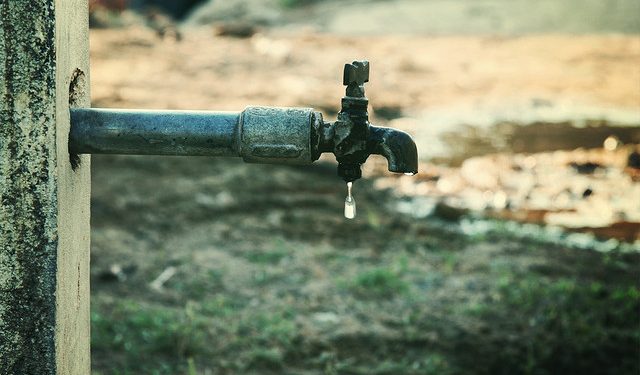Growing Population Plus Lack of Sanitary Water Make Bad Combination

India is the seventh largest nation in the world and the second largest in Asia. It ranks number two in the world by population with approximately 1.2 billion people (that’s seventeen percent of the world’s population of 7.2 billion). It is home to some of the brightest minds as well as a rapidly growing economy. This country is prospering in more ways than ever before and life is becoming better in many ways. But one specific aspect hasn’t fully found its way to being fully developed and making India a better country for human life: the water supply.
Issue:
With India’s population being as large as it is, the country needs resources to supply for that immense number of people. Water is the second most important nutrient we receive next to oxygen. India’s sewage systems are not up-to-date with the rest of the world and most parts of India don’t even have plumbing for water. 99 percent of people in Indian communities have no indoor plumbing. Most people in India have to carefully plan their day around when they can get fresh, drinkable water in streams or rivers, which usually end up being around a mile away from their homes. These are arduous walks and usually have to happen four or more times a day to provide drinking water for an entire family. Most of the population of India will go without fresh water for long periods of time and get sick with dysentery or other diseases that can cause death. The families that live in rural areas that can get fresh water usually end up having to travel at length on foot to obtain this water.
Solutions:
There are many ways to solve the problems associated with the lack of drinkable water in India. Many organizations across the world are working to solve this major problem in the subcontinent. UNICEF, Gram Vikas, the Bill & Melinda Gates Foundation, and Vestergaard are just four of many organizations that seek to help people across the world gain access to fresh water, which so many people take for granted in numerous other countries. UNICEF collects money and helps the state and federal governments of India to help provide better water supplies that are actually sanitary to people across the nation. UNICEF helps implement different ways to obtain the water through different models and programs like their Child’s Environment Programme. The Gates’ Foundation is actually trying to bring healthy water supplies in the way of toilets. With less water needed for waste removal, more water is readily available for people to drink instead of being used for flushing. The Foundation is specifically trying to bring solar-powered toilets to the people of India to heat up the waste to 600 degrees Fahrenheit, so that it can turn waste into charcoal, which can be used as energy. The Vikas organization is working on bringing plumbing to the homes of Indians because:
It’s more than water and sanitation, it’s human dignity.
says Joe Madiath, head of the Mantra project (Movement and Action network for Transformation of Rural Lives). The Vestergaard company makes straws that are able to safely filter any type of water, so that it is drinkable.
Conclusion:
Many organizations are seeking to improve the health of Indians and other countries globally. People must become aware of this ever-present problem in the second most heavily populated nation in the world and must help as much as they can to give people easy access to fresh clean drinking water.
If YOU do want to make a difference, some organizations can be reached at these websites:
Bill & Melinda Gates Foundation
[Image Attribute: Flickr User Vinoth Chandar]



